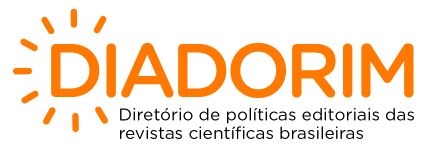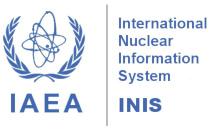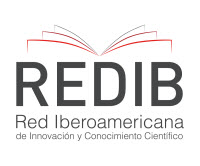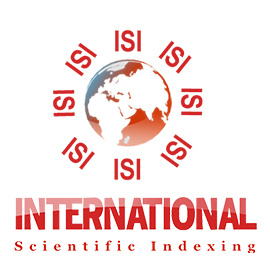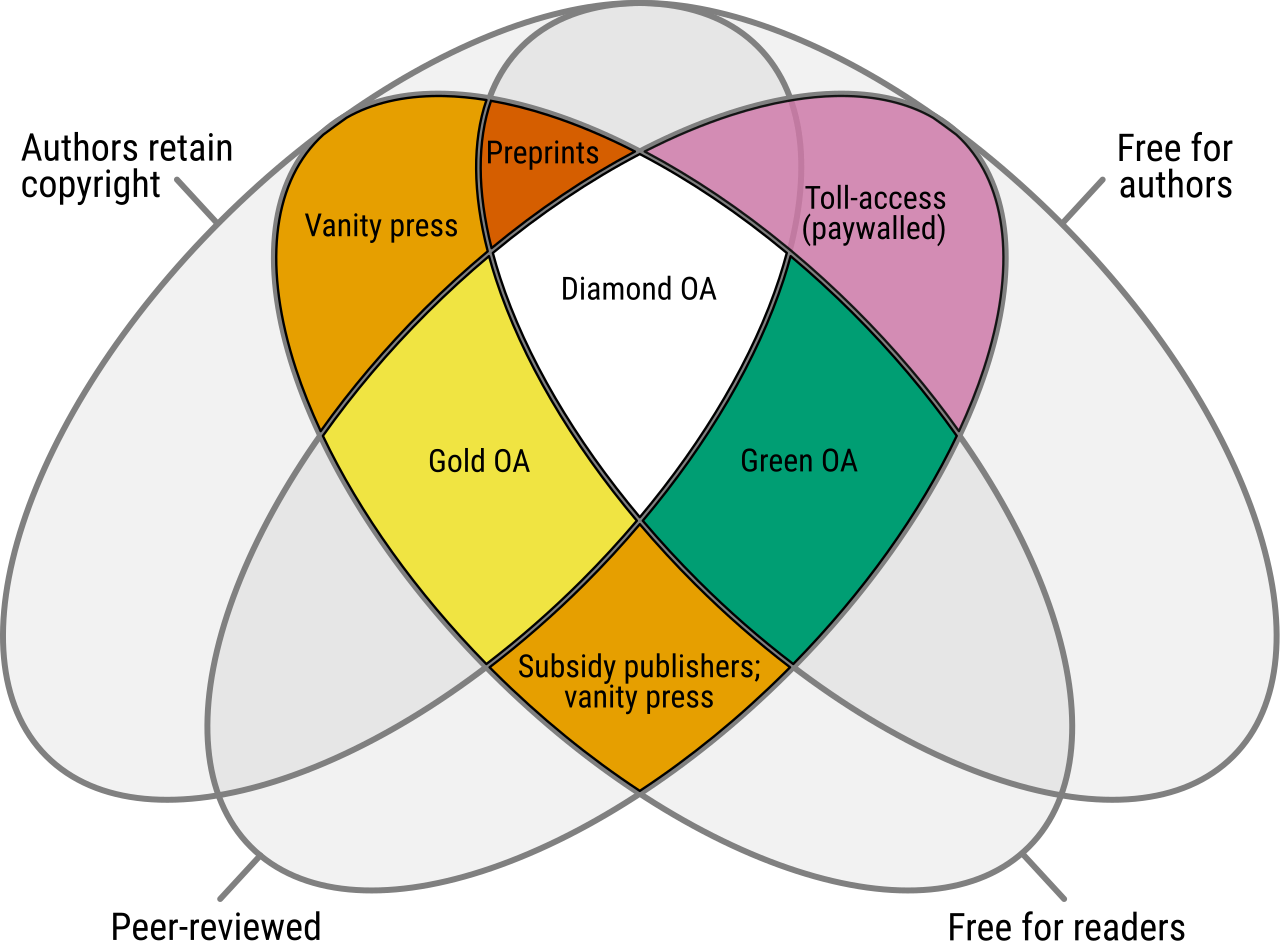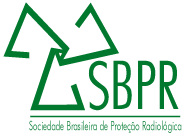Levels of thorium, uranium and potassium in Brazilian geological sediment determined by gamma-ray spec-troscopy and instrumental neutron activation analysis
DOI:
https://doi.org/10.15392/2319-0612.2022.1984Palavras-chave:
Marine terrace, dose rate, INAA, γ-ray spectroscopy, 238U, 232Th, 40K.Resumo
The Brazilian coast of the terrace contains a wealth of evidence that can be used to explain the evolution of the coastline over the past 120k years. These studies include marine sediment geochronology based on dosimetry dating methods, in particular thermoluminescence. To determine the age of the terrace using luminescence dosimetry methods, it is necessary to decide on the exact mass fractions of 238U, 232Th, and 40K. These mass fraction values are used to calculate the annual dose rate of ionized radiation. In this context, in the present work, we studied eight marine sediment samples collected in the city of São Vicente on the coast of São Paulo state, Brazil, and determined the mass fractions of elements 238U, 232Th, and 40K by instrumental neutron activation analysis (INAA) and γ-ray spectroscopy. Linear regression mathematical methods are used to evaluate analytical methods accuracy. The results show a good correlation with a R2 value of more than 0.71. Therefore, it is possible to calculate the resulting mass fraction, calculate the dose rates of these sediments, and contribute to their date.
Downloads
Referências
SCHMIDT, C.; ANGHELINU, M.; HAMBACH, U.; VERES, D.; LEHMKUHL, F. Reassessing the timing of Upper Palaeolithic deposits in the Ceahlău Basin (Eastern Carpathians, Romania): geochronological and archaeological implications. Quat. Geoch., v. 55, p. 1-15, 2020. DOI: https://doi.org/10.1016/j.quageo.2019.101020
RYAN, D.; BOURMAN, R.; PRICE, D.; MURRAY-WALLACE, C. Identification of a penul-timate interglacial (marine isotope stage 7) alluvium in South Australia and its climatic and sea level implications. Trans. R. Soc. S. Aust., v. 22, p. 208-223, 2018. DOI: https://doi.org/10.1080/03721426.2018.1509415
Frouin, M.; lahaye, C.; valladas, H.; higham, T.; debénath, A.; delagnes, A.; mercier, N. Dating the middle palaeolithic deposits of La Quina Amont (Charente, France) using luminescence meth-ods. J. Hum. Evol., v. 109 p. 30-45, 2017. DOI: https://doi.org/10.1016/j.jhevol.2017.05.002
ADAMIEC, G.; AITKEN, M. J. Dose-Rate Conversion Factors: Update, Anc. TL, v. 16, p.37-49, 1998.
AITKEN, M. J. Thermoluminescence Dating, London: Academic Press, 1985.
PRESCOTT, J. R.; HUTTON, J. T. Cosmic ray and gamma-ray dosimetry for TL and ESR, Nucl. Tracks Radiat. Meas., vol. 14, n 1/2, p. 223-227, 1988. DOI: https://doi.org/10.1016/1359-0189(88)90069-6
AITKEN, M. J. An Introduction to Optical Dating, Oxford: Oxford University Press, 1998.
ROBERTS, R. G. Luminescence dating in archaeology: from origins to optical, Radiat. Meas., v. 27, p. 819-892, 1997. DOI: https://doi.org/10.1016/S1350-4487(97)00221-7
COSTA, A. F.; MUNITA, C. S.; ZUSE, S.; KIPNIS, R. Archaeometry and Archaeology: pre-liminary studies of the ceramics from archaeological sites of the upper Madeira river/Rondônia – Brazil, Braz. J. Radiat. Sci., v. 9, p. 1-16, 2021. DOI: https://doi.org/10.15392/bjrs.v9i1A.1424
TUDELA, D. R. G.; ASTOLFO, A. G. M..; TATUMI, S. H.; MITTANI, J. C. R.; MUNITA, C. S. Preliminary evidence of prehistoric human activity by chemical analysis of sediments from Lapa Grande de Taquaraçu archaeological site using INAA, J. Radioanal. Nucl. Chem., v. 325, p. 725-736, 2020. DOI: https://doi.org/10.1007/s10967-020-07217-2
MUNITA, C. S.; GLASCOCK, M. D.; HAZEMFRATZ, R. Neutron Activation Analysis: An Overview, In: Recent Advances in Analytical Techniques, BenthamScience, Sharjah & UAE, v. 3, 2019. p. 179-227. DOI: https://doi.org/10.2174/9781681085722119030007
ESTOKOVA, A.; PALASCAKOVA, L. Assessment of natural radioactivity levels of cement and cement composites in the Slovak Republic. Int. J. Environ. Res. Public Health, v 10, p. 7165-7179, 2013. DOI: https://doi.org/10.3390/ijerph10127165
RAGHU, Y.; HARIKRISHNAN, N.; CHANDRASEKARAN, A.; RAVISANKAR, R. Assess-ment of natural radioactivity and associated radiation hazards in some building materials used in Kilpenathur, Tiruvannamalai Dist, Tamilnadu, India. African J. Basic Appl. Sci, v. 7, p. 16-25, 2015. DOI: https://doi.org/10.1063/1.4929205
COLLIER, D. E.; BROWN, S. A.; BLAGOJEVIC, N.; SOLDENHOFF, K. H.; RING, R. J. Thorium in Mineral Products, Radiat. Prot. Dosim., v. 97, p.177-180, 2001. DOI: https://doi.org/10.1093/oxfordjournals.rpd.a006657
KNOLL, G. F. Radiation Detection Measurements, New York: John Wiley, 2000.
IAEA - International Atomic Energy Agency. Measurement of radionuclides in food and the environment: A Guidebook. IAEA-TR-295, Vienna: IAEA, 1989. 176p.
Downloads
Publicado
Versões
- 04-01-2023 (2)
- 04-12-2022 (1)
Edição
Seção
Licença
Direitos autorais (c) 2022 Brazilian Journal of Radiation Sciences

Este trabalho está licenciado sob uma licença Creative Commons Attribution 4.0 International License.
Declaro que o presente artigo é original, não tendo sido submetido à publicação em qualquer outro periódico nacional ou internacional, quer seja em parte ou em sua totalidade. Declaro, ainda, que uma vez publicado na revista Brazilian Journal of Radiation Sciences, editada pela Sociedade Brasileira de Proteção Radiológica, o mesmo jamais será submetido por mim ou por qualquer um dos demais co-autores a qualquer outro periódico. Através deste instrumento, em meu nome e em nome dos demais co-autores, porventura existentes, cedo os direitos autorais do referido artigo à Sociedade Brasileira de Proteção Radiológica, que está autorizada a publicá-lo em meio impresso, digital, ou outro existente, sem retribuição financeira para os autores.
Licença
Os artigos do BJRS são licenciados sob uma Creative Commons Atribuição 4.0 Licença Internacional, que permite o uso, compartilhamento, adaptação, distribuição e reprodução em qualquer meio ou formato, desde que você dê o devido crédito ao (s) autor (es) original (is) e à fonte, forneça um link para a licença Creative Commons, e indique se mudanças foram feitas. As imagens ou outro material de terceiros neste artigo estão incluídos na licença Creative Commons do artigo, a menos que indicado de outra forma em uma linha de crédito para o material. Se o material não estiver incluído no licença Creative Commons do artigo e seu uso pretendido não é permitido por regulamentação legal ou excede o uso permitido, você precisará obter permissão diretamente do detentor dos direitos autorais. Para visualizar uma cópia desta licença, visite http://creativecommons.org/licenses/by/4.0/




